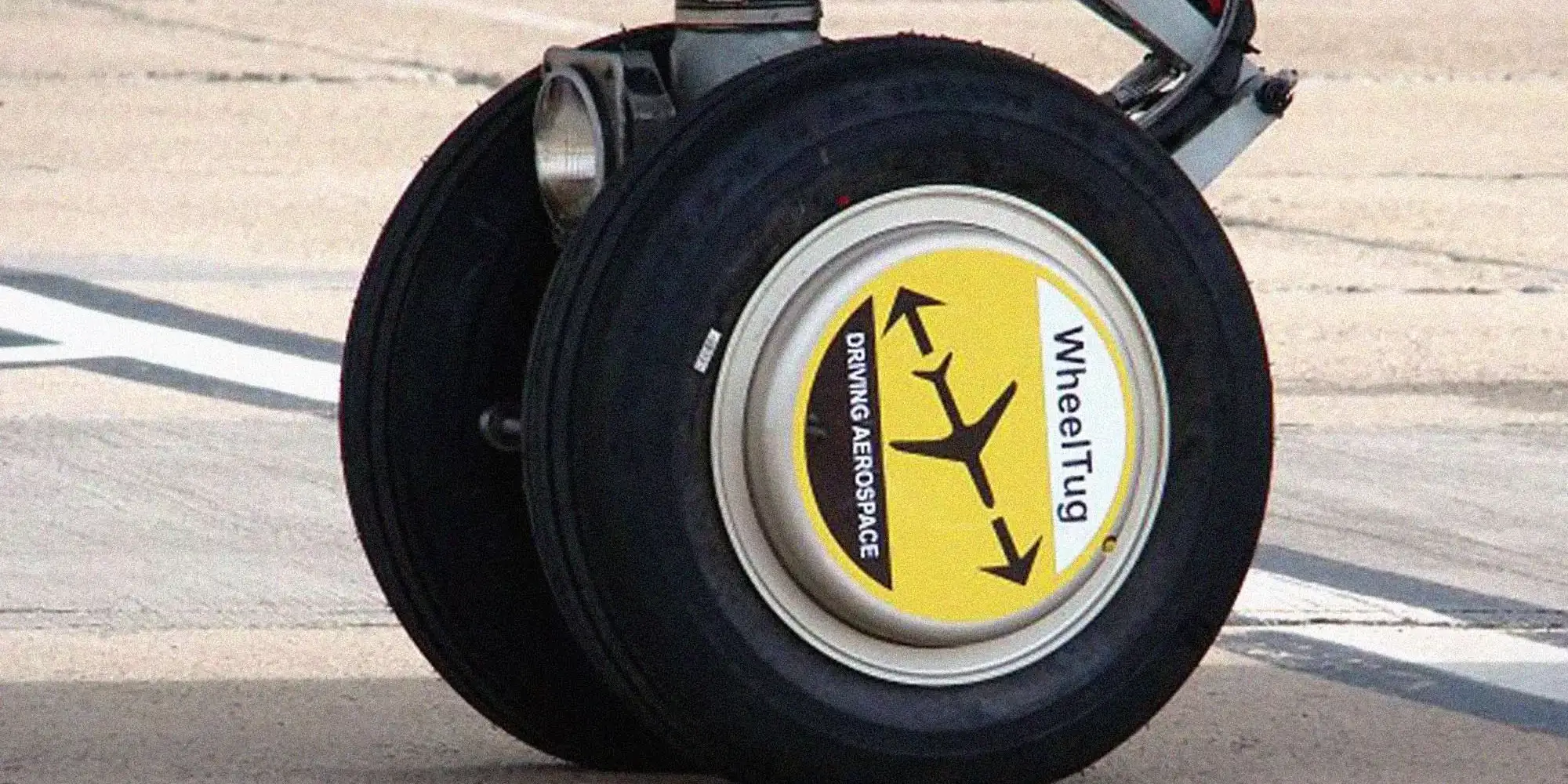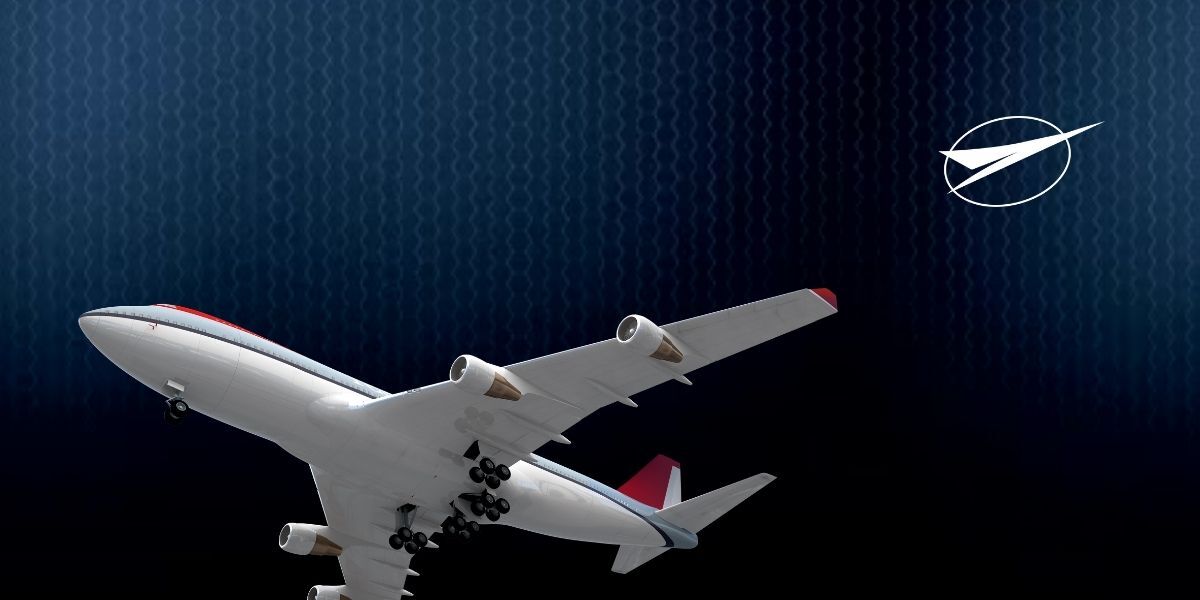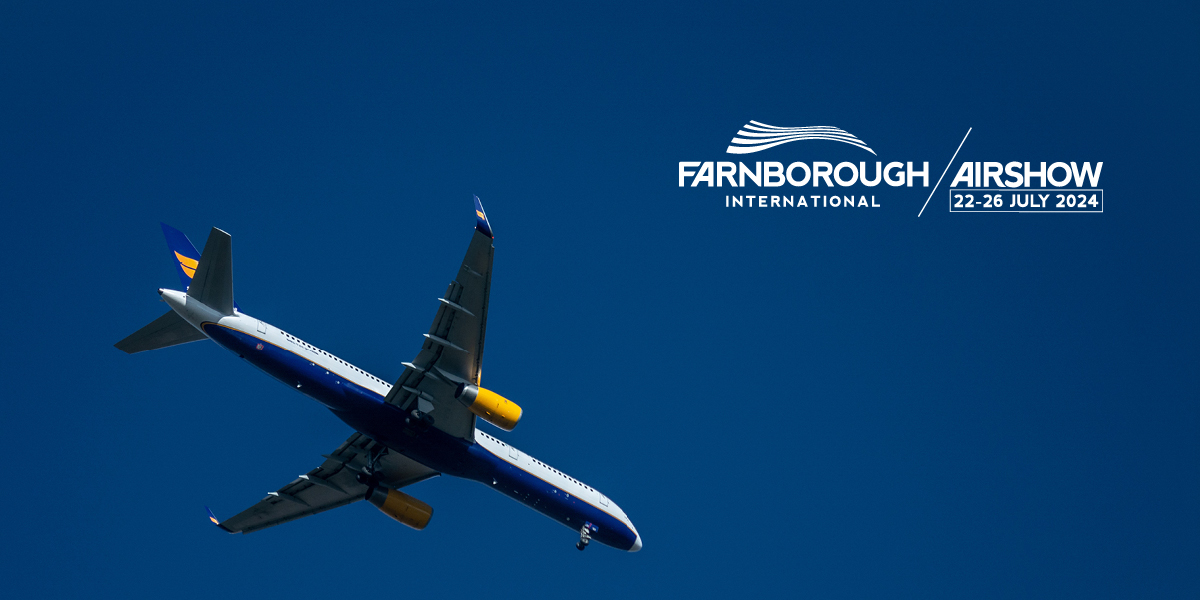WheelTug Taxiing System
The future operation of aircraft will need to meet ever-demanding emission and efficiency targets and therefore, innovative solutions are required to...
Our customer, Helitune, is a market leader in the design and manufacture of Rotor Track & Balance equipment. The equipment and its supporting structure needed to comply with several mechanical strength and safety requirements and, for each of these, they must provide supporting analyses to the aircraft OEM, to demonstrate compliance. These analyses include the dynamic structural modelling of a bird strike to the assembly. Bird impacts pose a significant threat of catastrophic structural damage to critical components of aircraft.
Stirling Dynamics was chosen to support Helitune in these activities due to our experience in modelling and simulation, specifically in Finite Element Analysis (FEA), which forms the basis for the modelling of structural impacts. The model build process began with the structural model of the assembly geometry, based on the customer’s latest CAD model. The supplied model was defeatured and simplified where appropriate, so that effort could be focussed on the critical components. A key feature of the bracket structure was a “breakaway” bolt, designed to fail during bird strike.
This failsafe feature added complexity and provided its own challenges for the Stirling team, to capture this behaviour when defining aspects such as material and structural connections.
The next step was to build a representative bird model by emulating the shape and material definitions used in industry-standard bird strike testing. Smoothed Particle Hydrodynamics (SPH) theory was used as a basis of the dynamic simulation. Bird mass and operating speeds are typically defined by the airworthiness requirements of the aircraft, and multiple impact locations were simulated to ensure that critical cases for the key features of concern were captured.
Stirling Dynamics’s analyses enabled the bracket to be assessed against the customer supplied requirements. Throughout the project, Stirling worked in collaboration with the customer to modify the design of the bracket, updating simulations for each iteration. The outcome of the project allowed the customer to demonstrate compliance to the aircraft OEM and the equipment was successfully installed on the rotary aircraft.

The future operation of aircraft will need to meet ever-demanding emission and efficiency targets and therefore, innovative solutions are required to...

We are delighted to be exhibiting once again at the Paris Air Show 2025, taking place this year on 16-22 June. Joining our parent company, Expleo, on

We are delighted to be exhibiting once again at the Farnborough International Air Show (FIA 2024). Joining our parent company, Expleo, in Hall 1,...